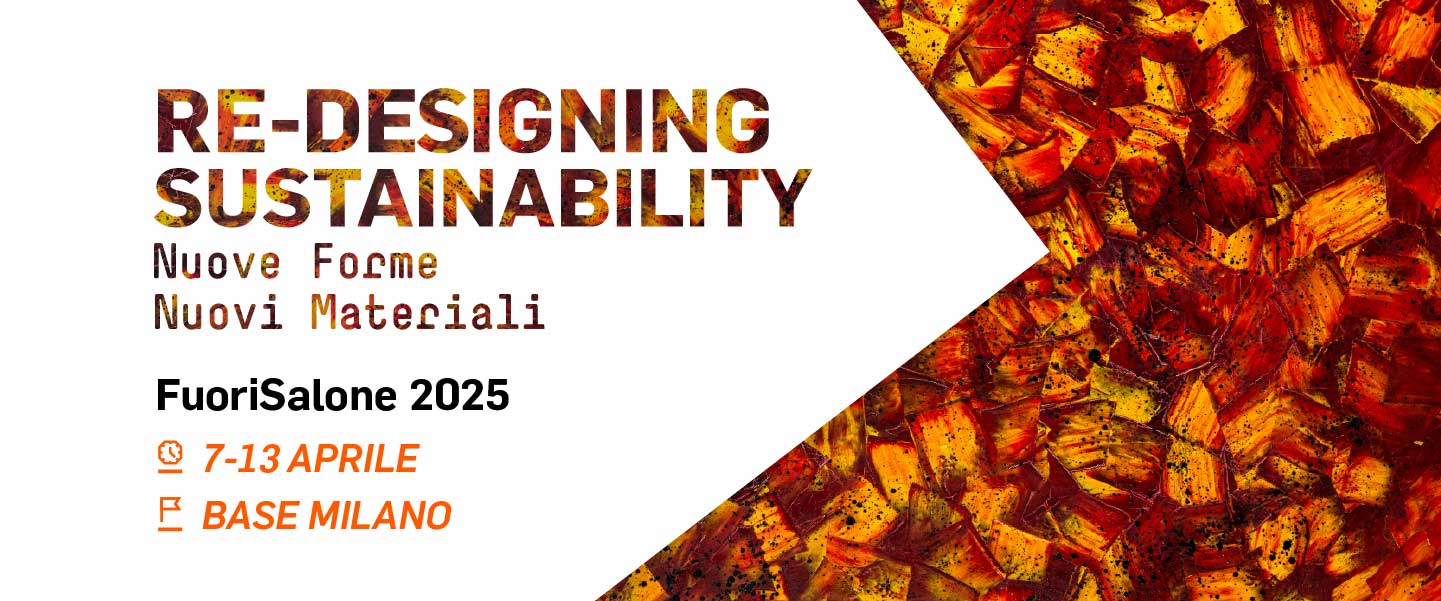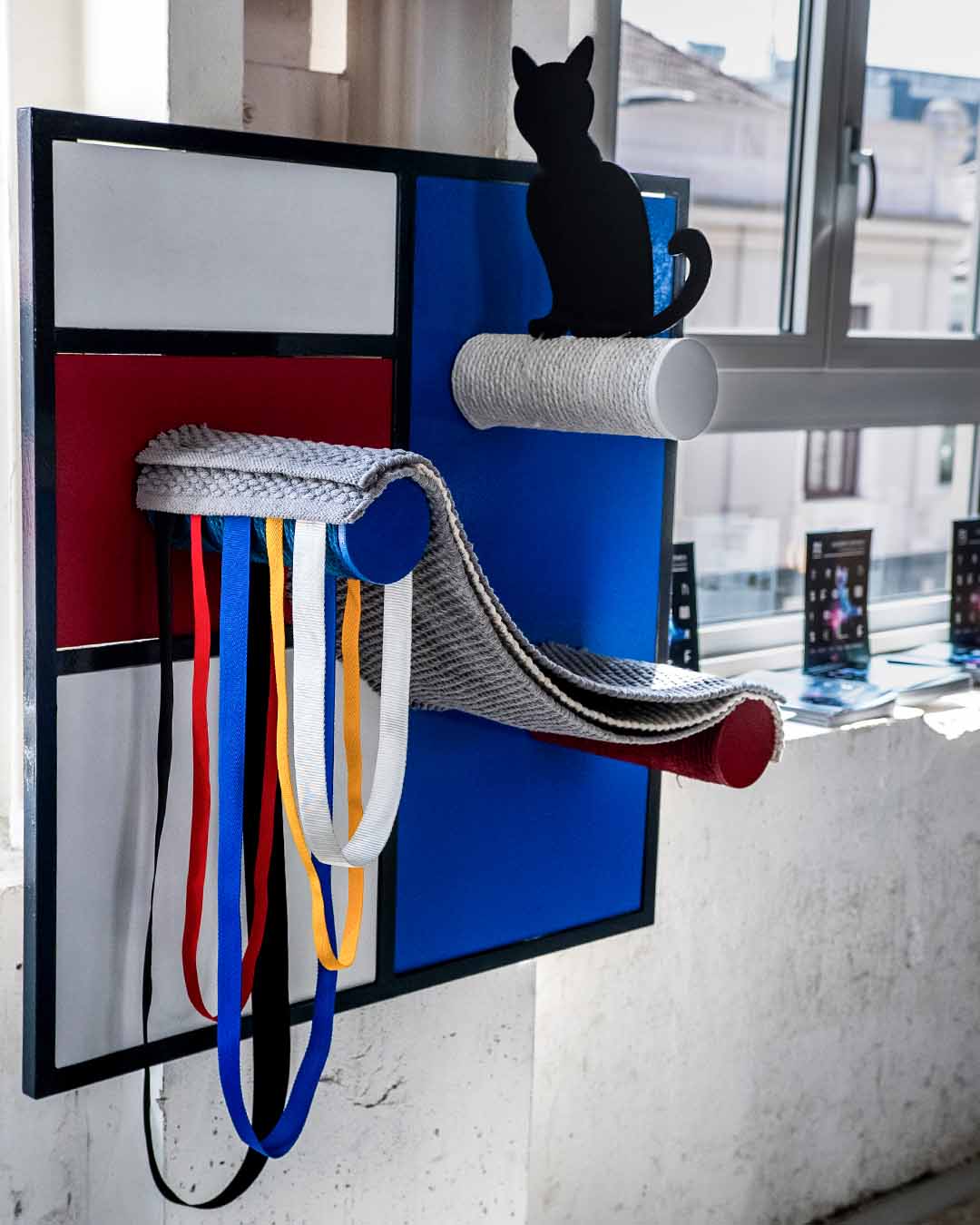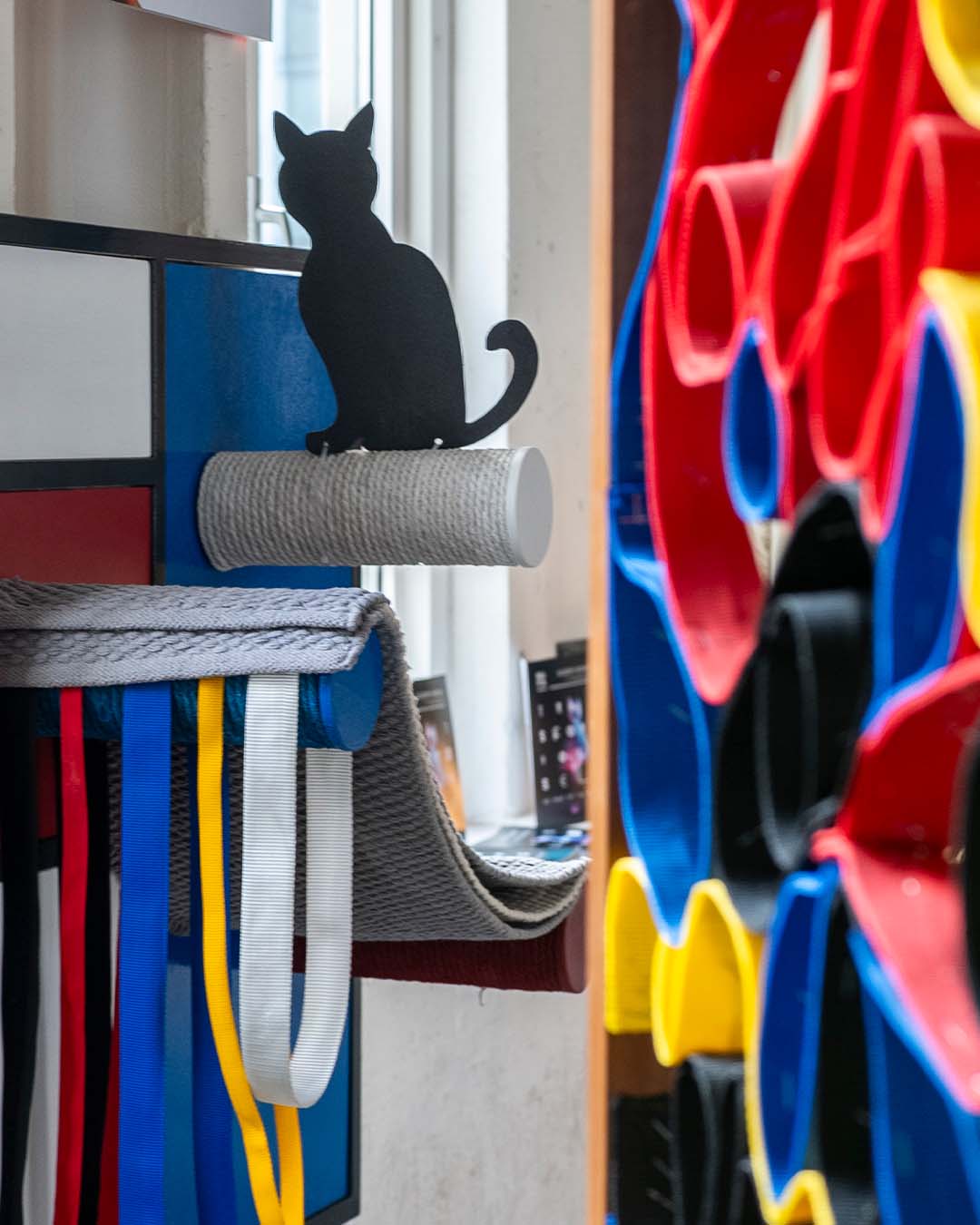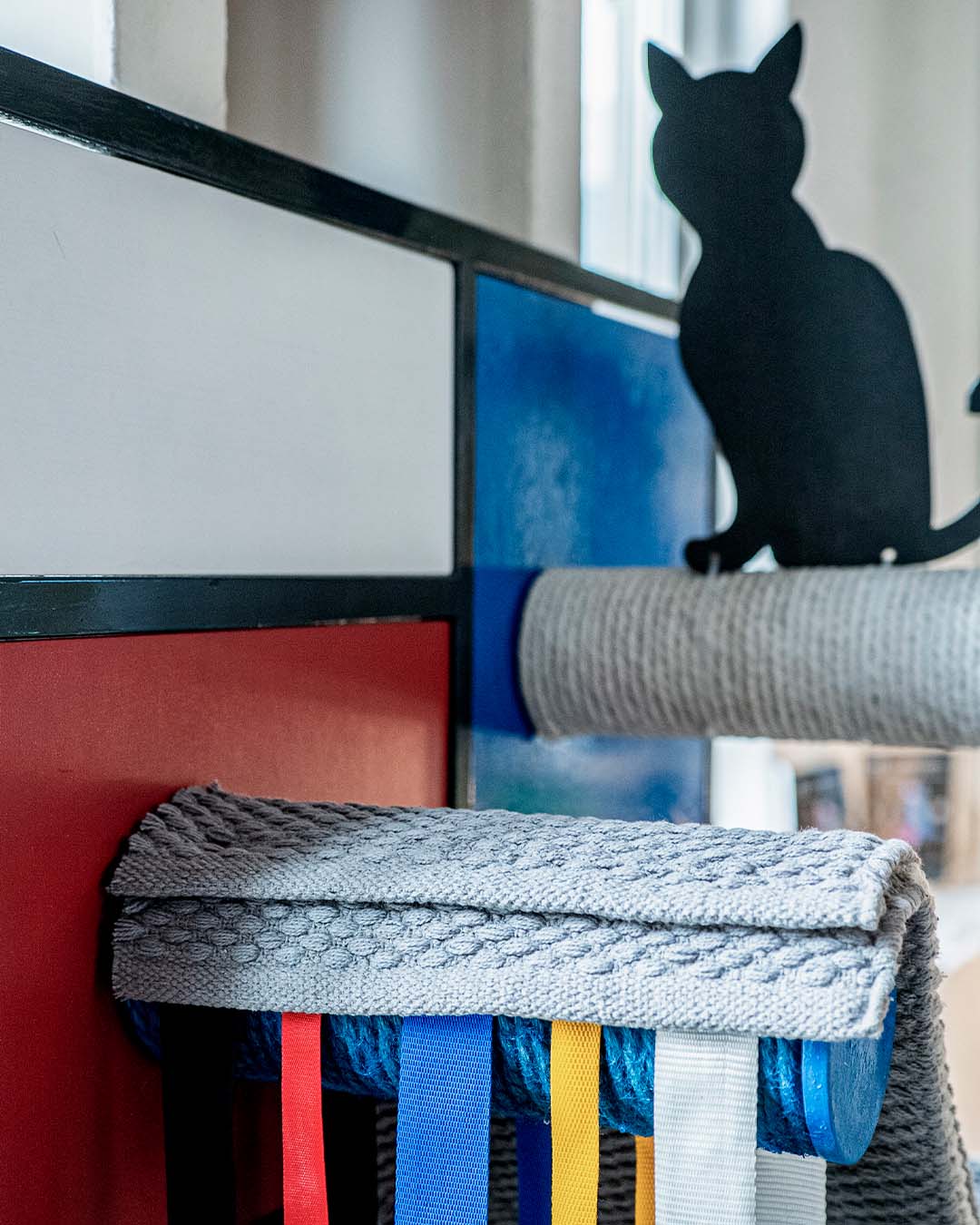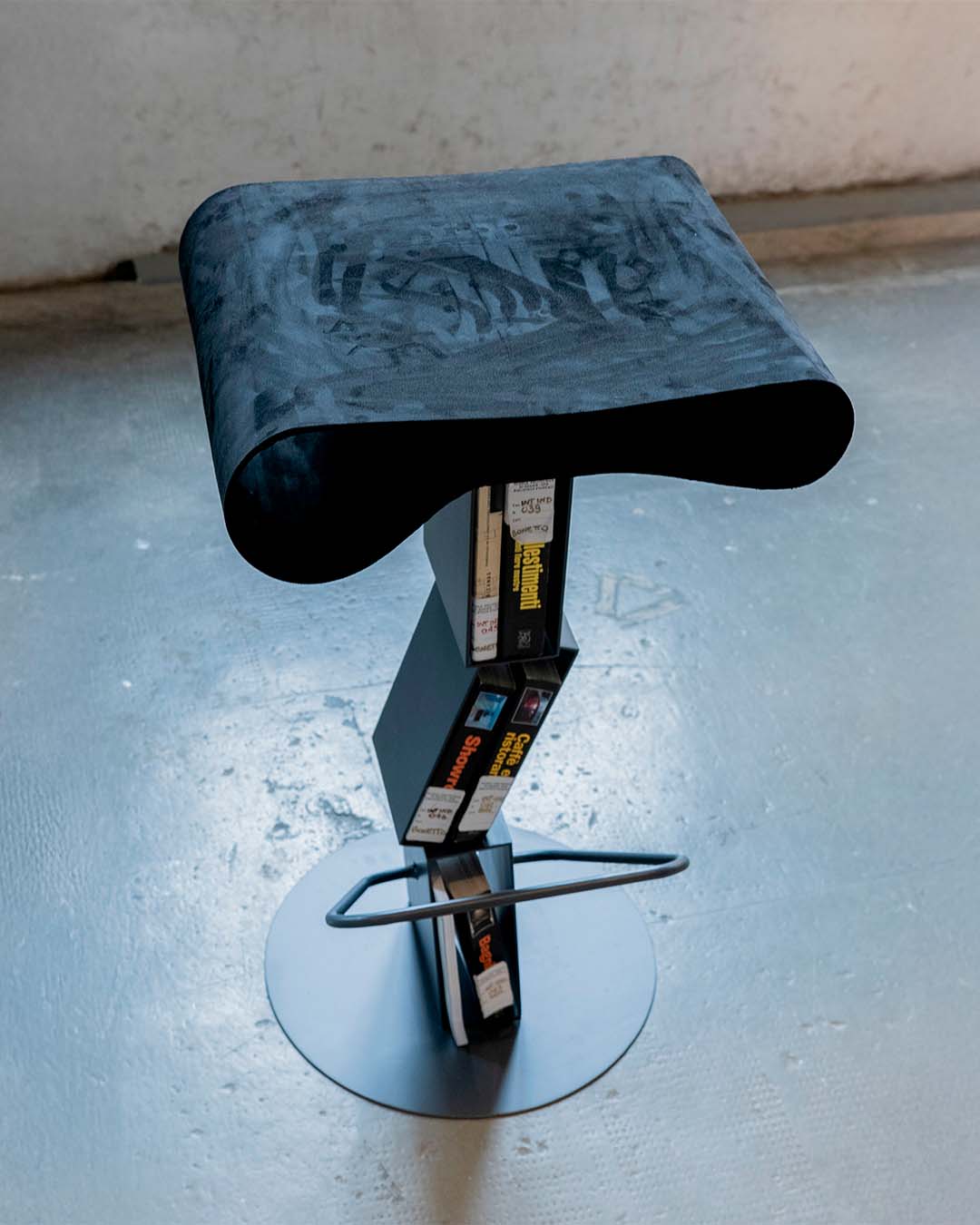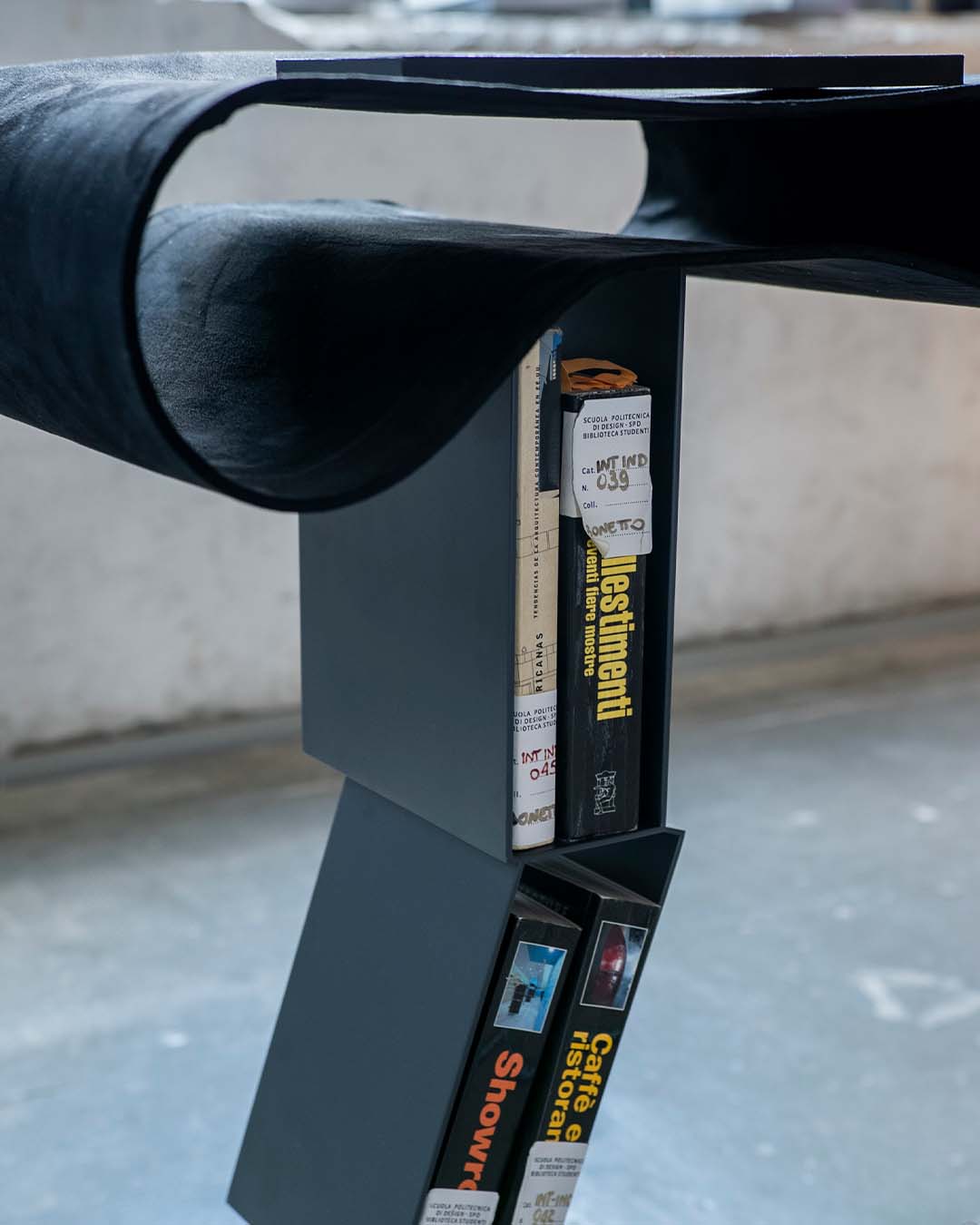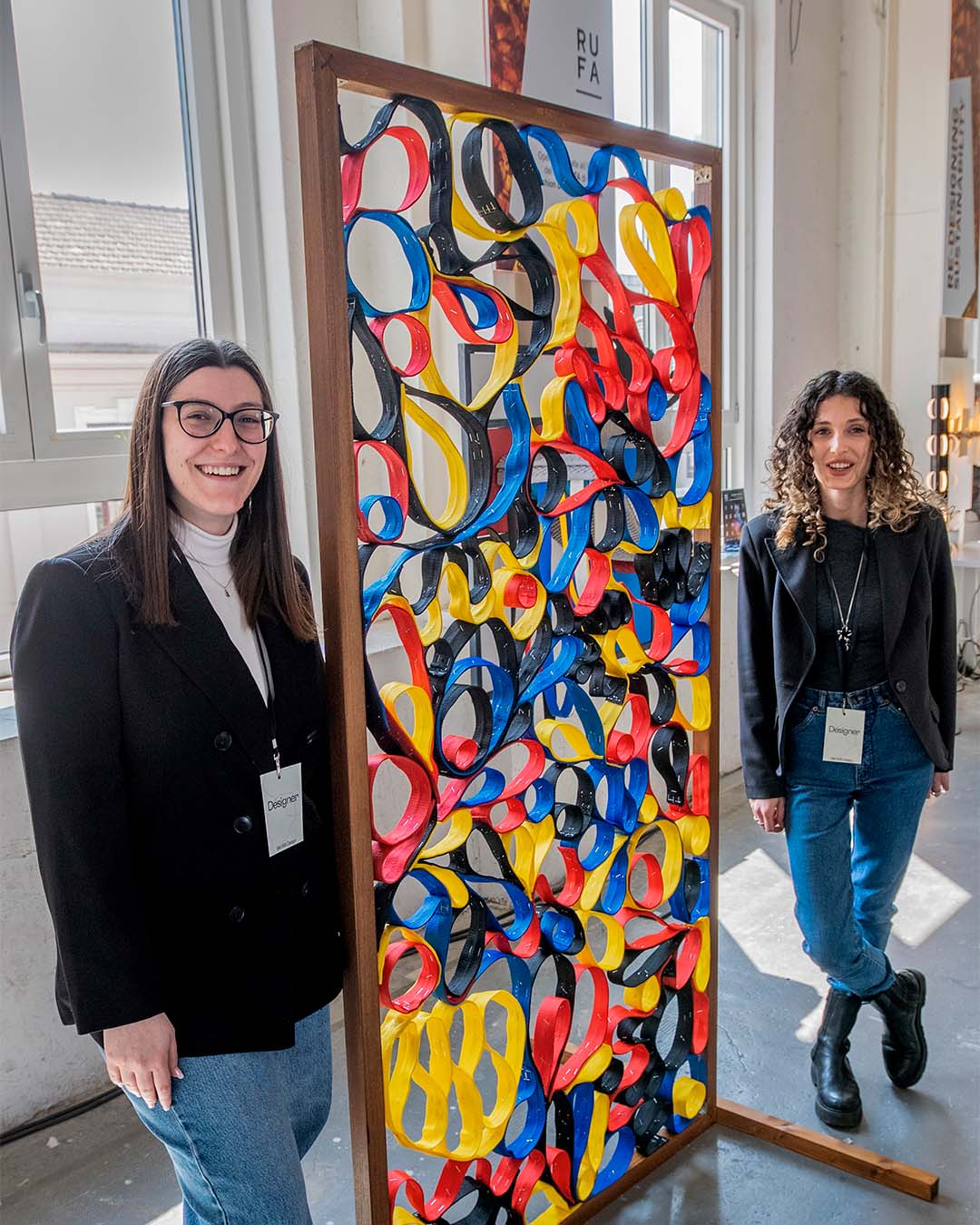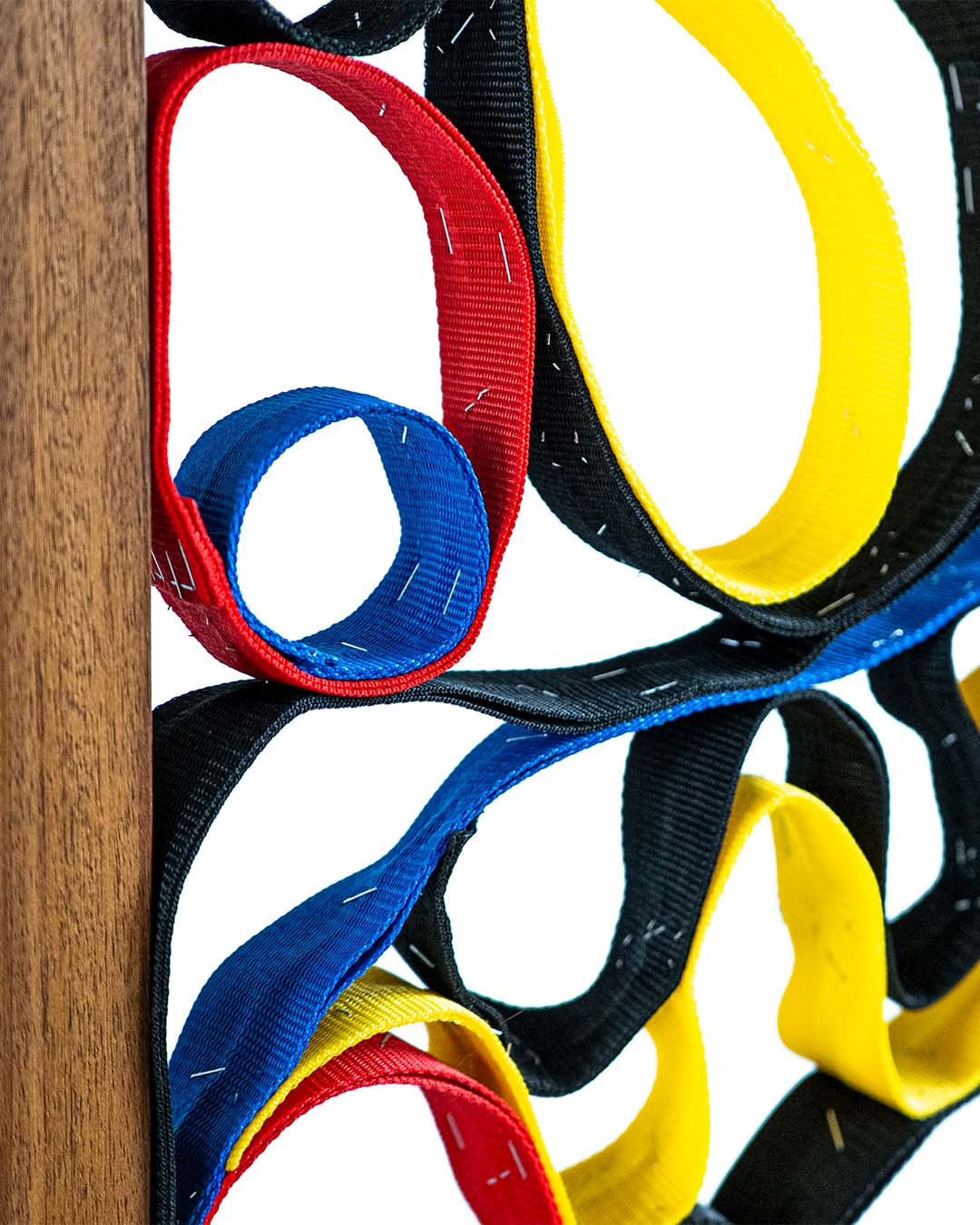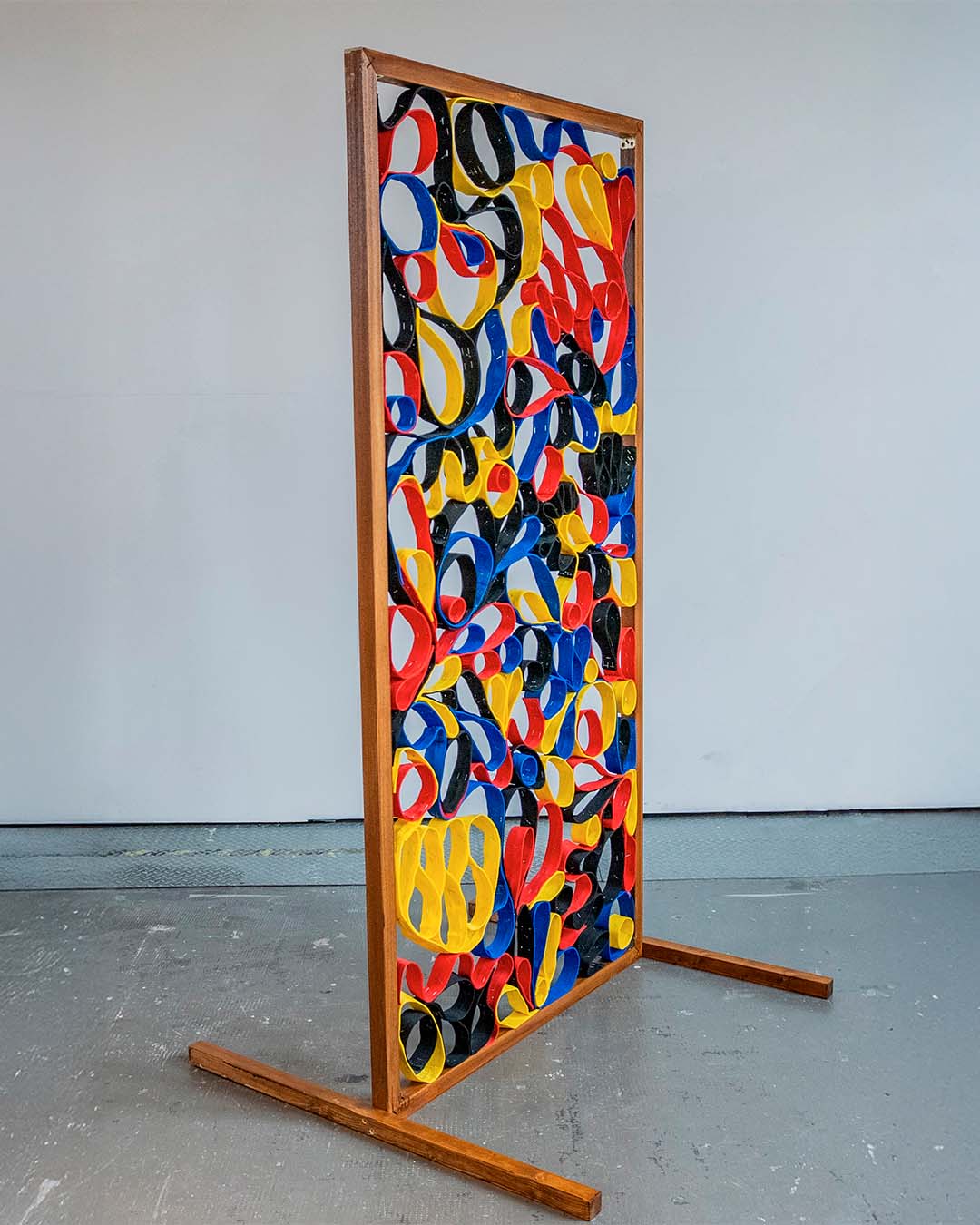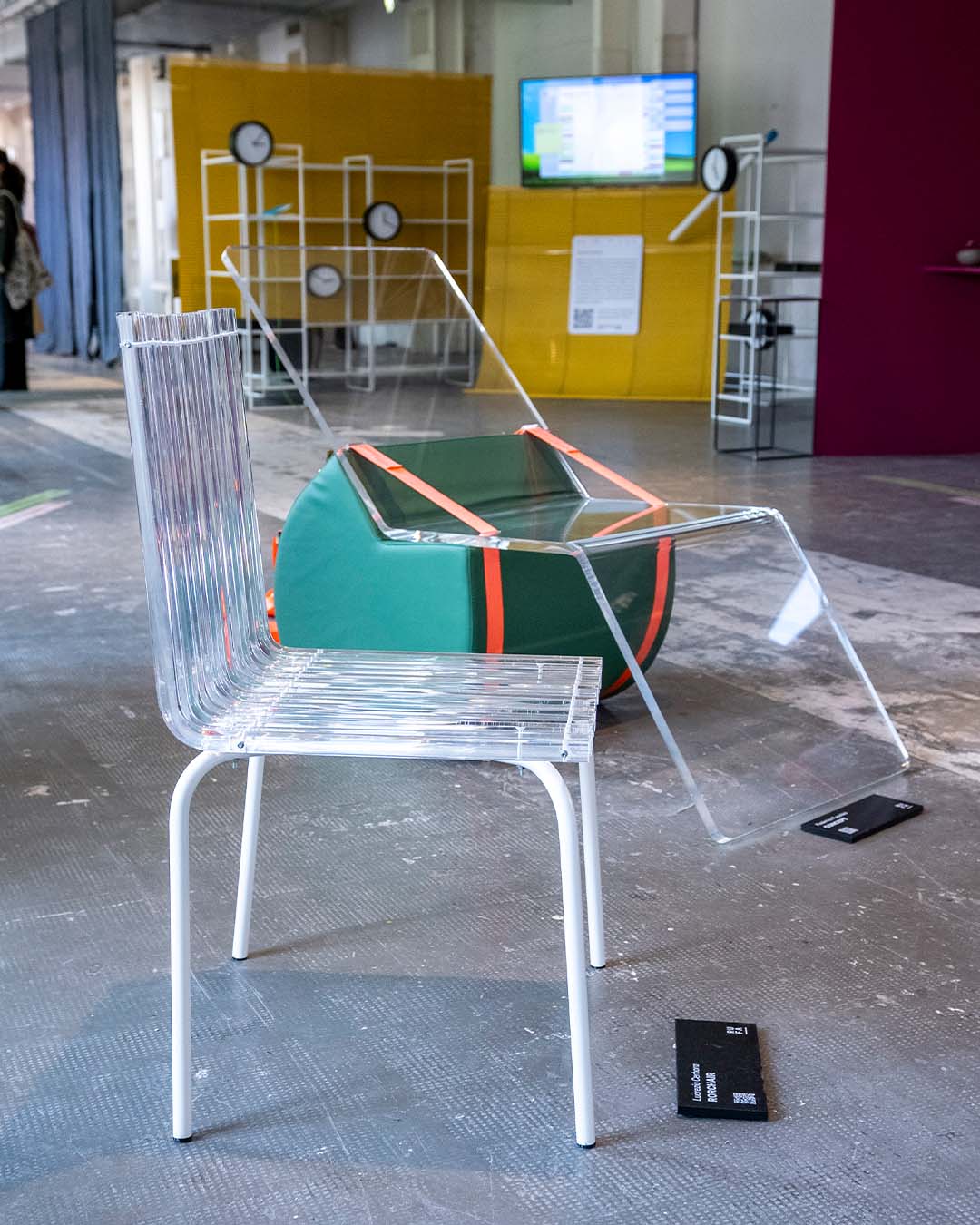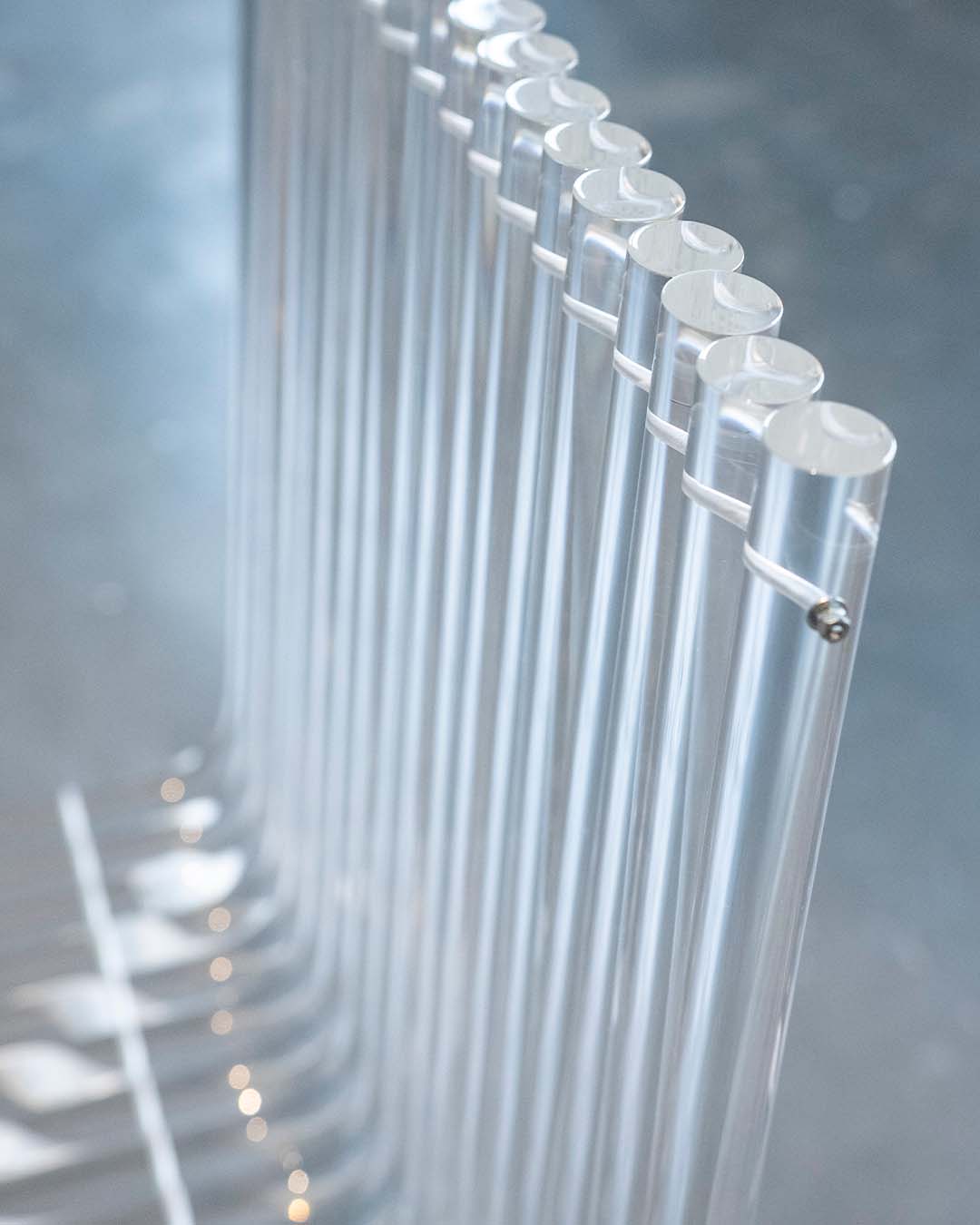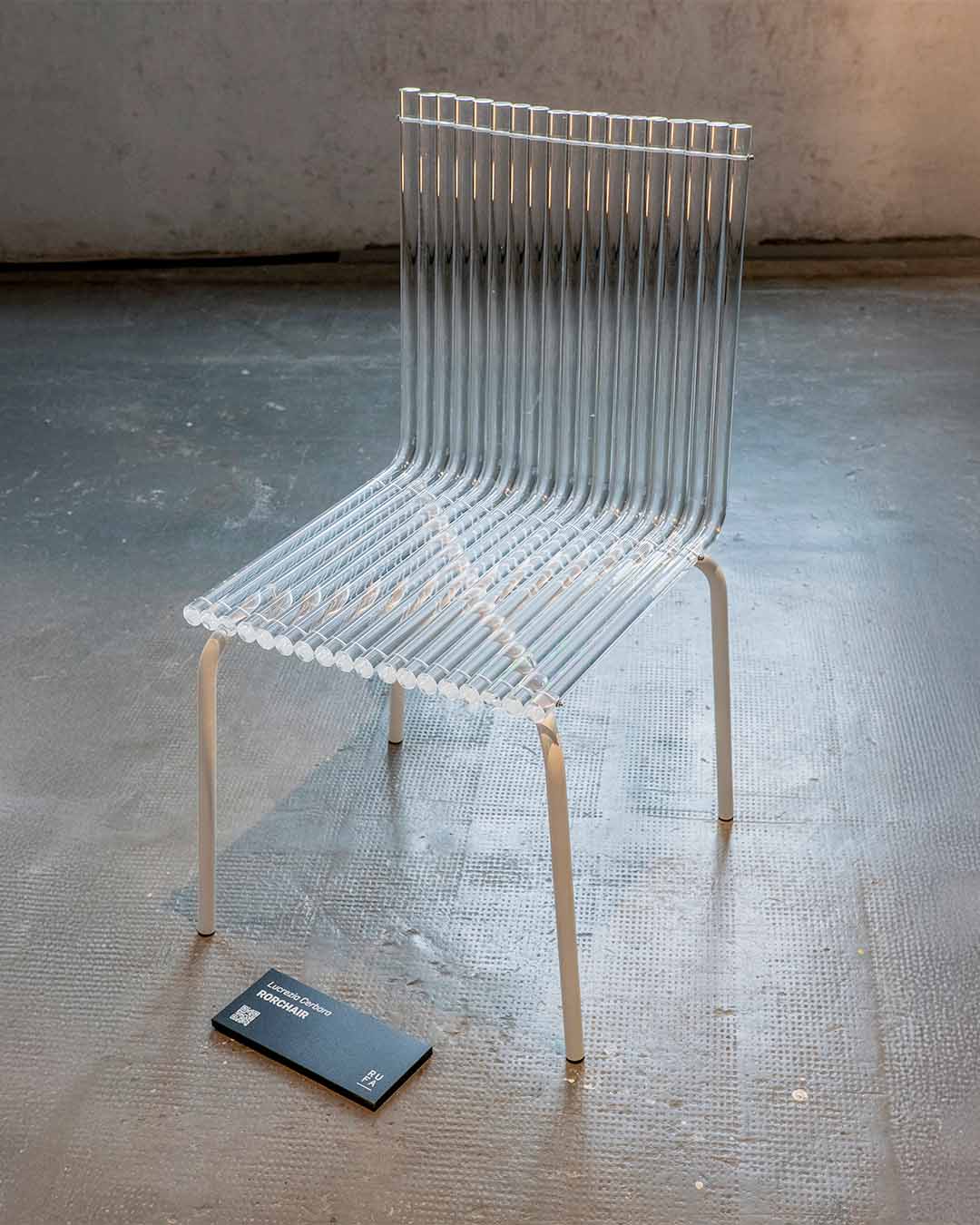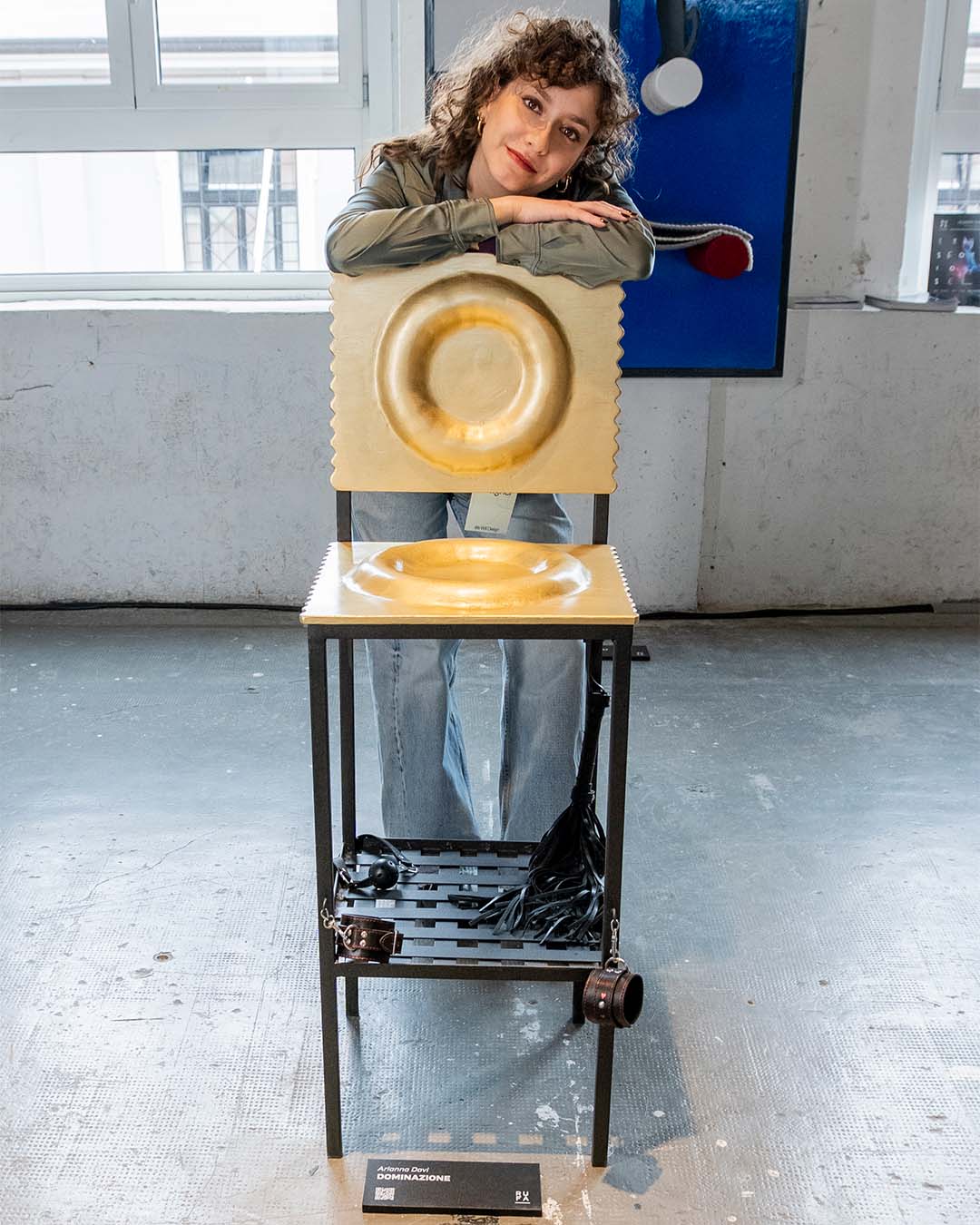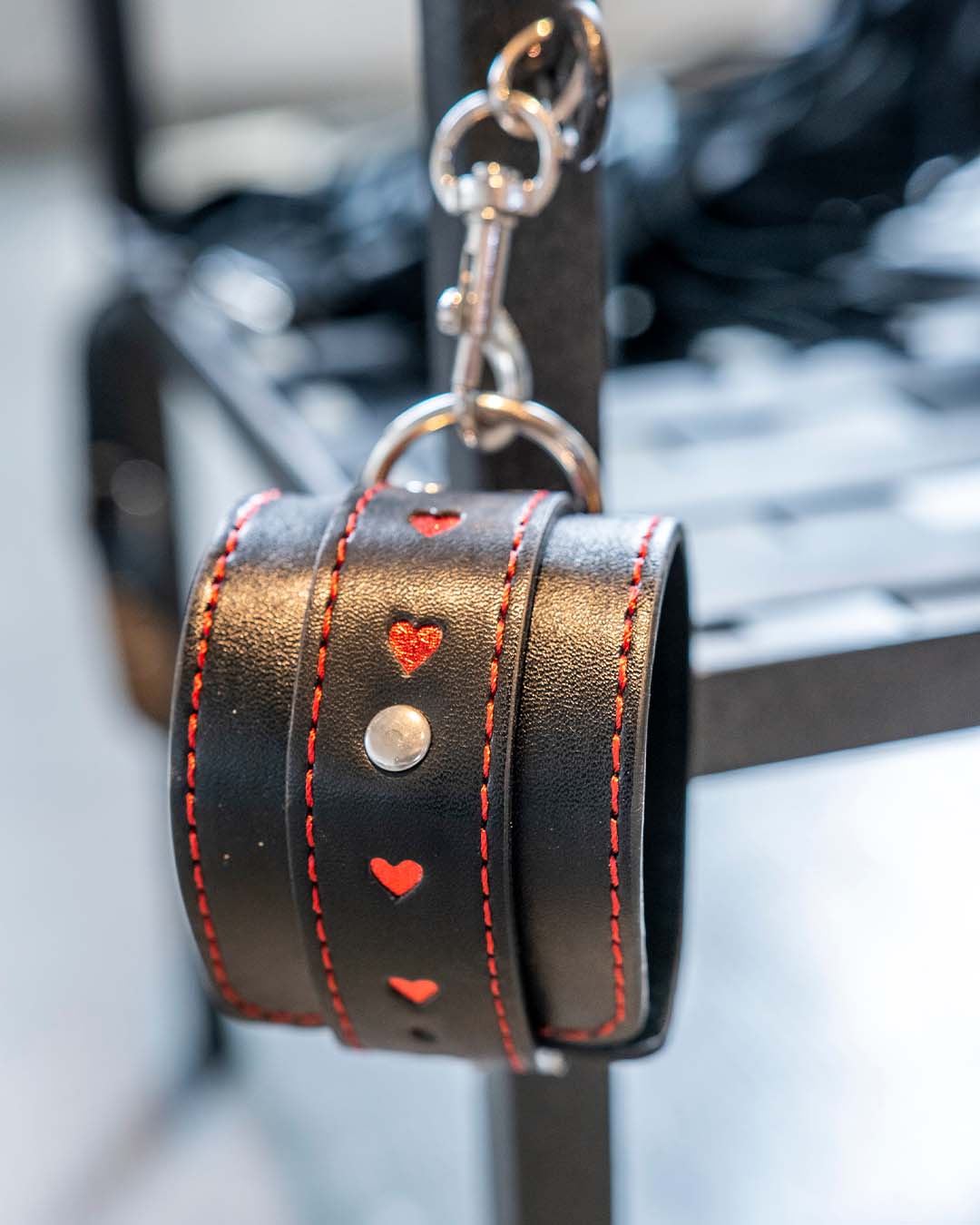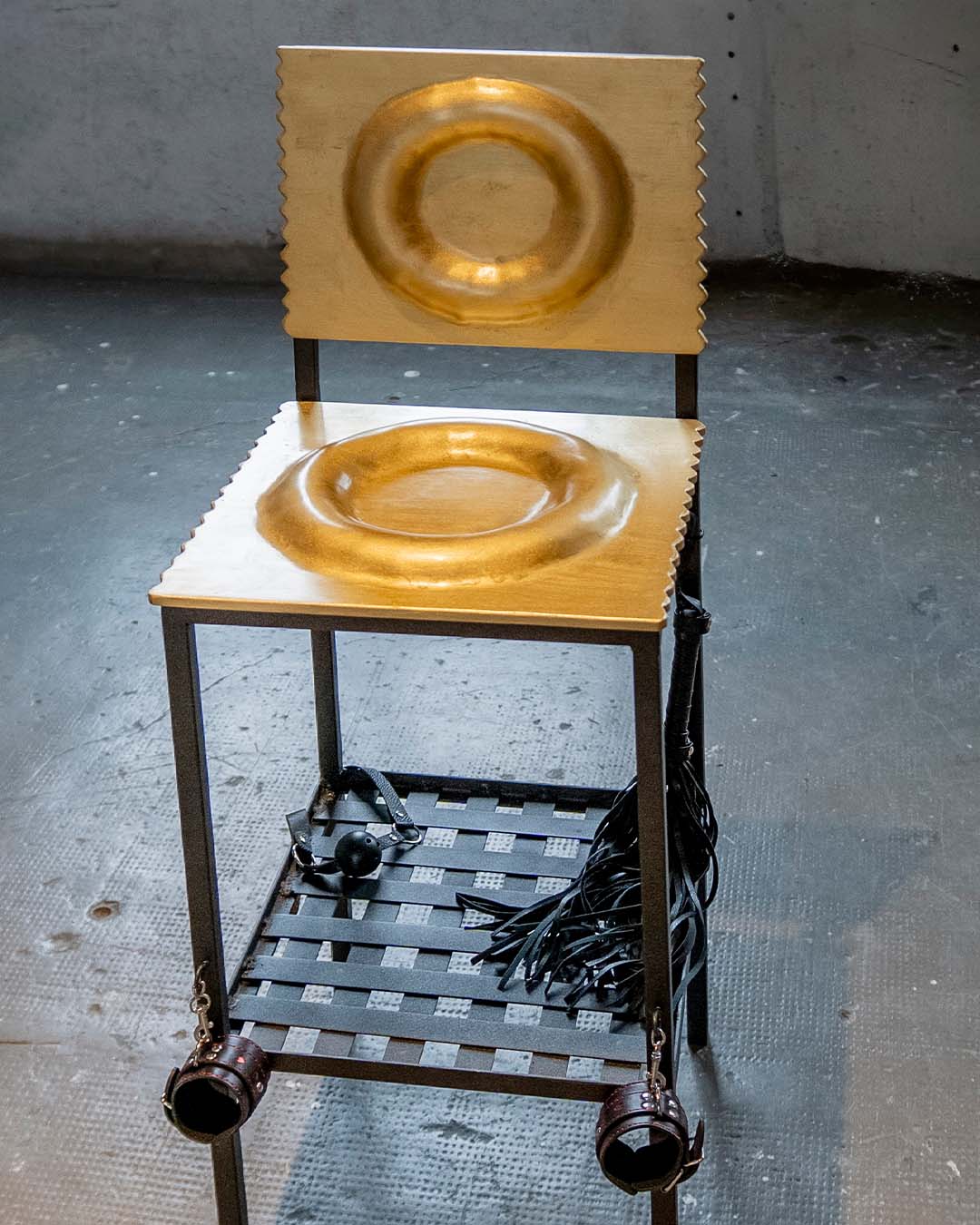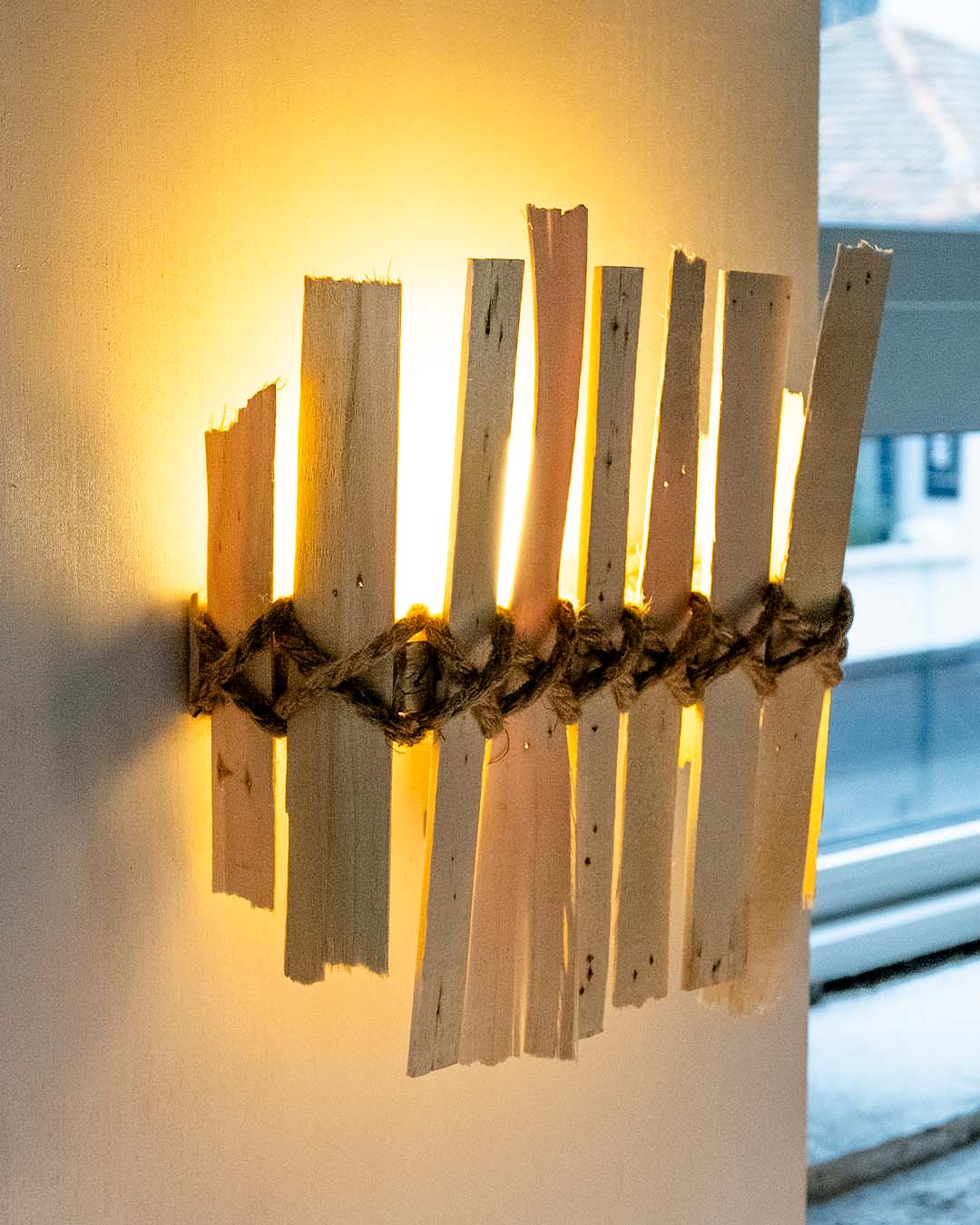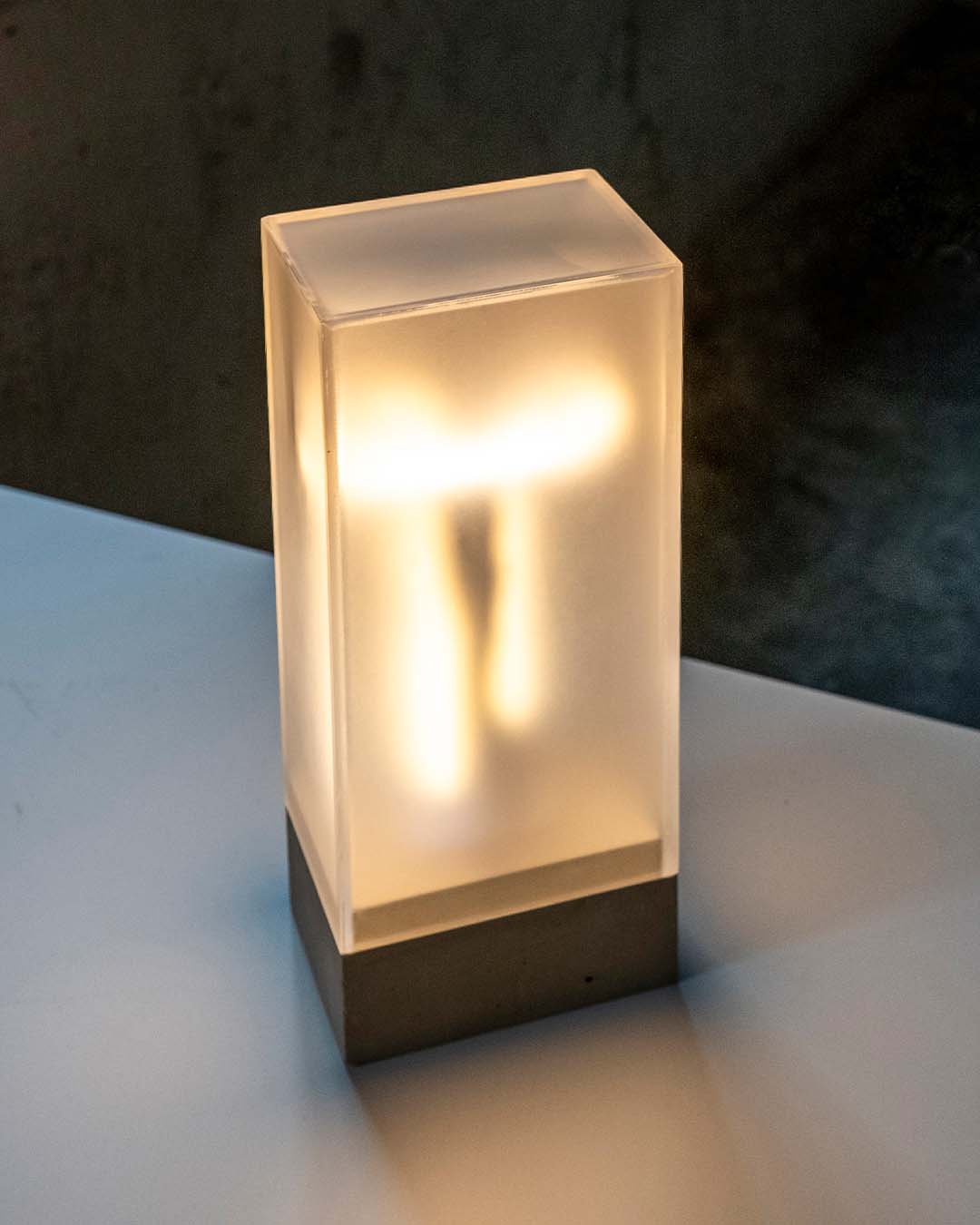Upcycling, Sustainability, and New Design Genealogies: RUFA’s Participation in We Will Design at Milan Design Week 2025.
RUFA participated in Milan Design Week 2025 as part of the We Will Design project, the experimental platform promoted by BASE Milano, which this year explores the theme Making Kin, inspired by the thought of Donna Haraway. The concept of kinship—non-conventional bonds between humans, non-humans, and more-than-humans—becomes an opportunity to rethink the relationship between design, environment, and community. It is an invitation to build connections based on conscious choices, affinities, shared interests, and sensitivities, transforming kinship into an act of creative resistance.
Within a shared exhibition space with other international universities and design schools, RUFA presents Re-Designing Sustainability: New Forms, New Materials, a selection of innovative products born from the experimentation of students from the Bachelor’s programmes in Design and Sustainable Fashion Design, under the guidance of professors Alessandro Ciancio, Paolo Parea, and Gianluca Lera, with contributions from Guenda Cermel, coordinator of the fashion programme.
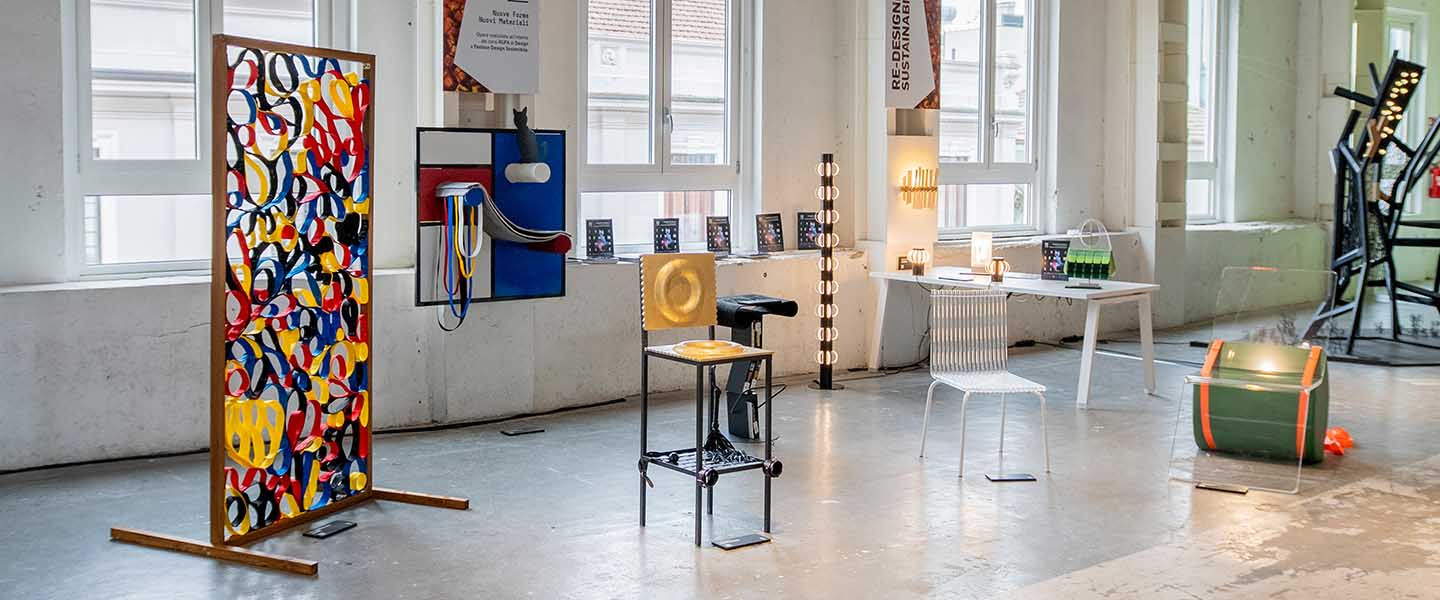
Design that Connects: Waste Materials and New Forms of Sustainability
RUFA students have embraced the theme of Making Kin by developing projects that reconsider the concept of interconnection and durability through the conscious use of waste materials and upcycling techniques. Collaboration with Petrozzi Design Srls, a leading company in plastic material processing, has enabled the creation of prototypes that challenge the perception of plastic as a disposable material, transforming it into a durable and functional resource.
Two key principles define the presented collection:
❯ New approach to plastic: Often demonized for its long-lasting nature, plastic is reinterpreted as a material capable of generating value through design that extends its lifecycle, thereby reducing environmental impact and promoting sustainability based on beauty and functionality.
❯ Upcycling as a tool for connection between humans, materials, and the environment: Using production waste—such as residual plexiglass sheets normally destined for disposal—and minimizing industrial processing, RUFA students’ projects demonstrate that design can be a means to create new genealogies of objects, rethinking how materials and resources intertwine in everyday life.
This vision aligns perfectly with the manifesto of We Will Design – Making Kin, which invites designers to explore new ways of building relationships, moving beyond mass production logic to embrace a more ethical, circular, and inclusive design approach. Through this collaboration, RUFA reaffirms its role in training conscious and innovative designers, capable of transforming environmental challenges into creative opportunities, paving the way for design that is not only about form but also social and ecological responsibility.
LISTEN TO THE VOICES OF THE PROTAGONISTS
THE EXHIBITED PROJECTS
MONDRIAN CAT: wall game for cats
Designer: Clara Zeppetella
Learn more
A refined balance between art and everyday objects. Mondrian Cat is a wall game that allows cats to interact with modern art through asymmetric geometries. Designed to integrate harmoniously into any home environment, this object combines aesthetics and functionality, offering an elegant solution for both the owner and the animal.
VOLUT: stool and bookshelf
Designer: Gabriel Martino
Learn more
VOLUT is a stool with a lacquered and curved steel seat, characterized by soft shapes that evoke the elegance of an Ionic capital. The frame, composed of three non-orthogonal metal elements, also functions as a bookshelf or magazine rack, offering a balance between aesthetics and functionality. The base is covered in precious arabesque marble, whose grey veins add a touch of luxury and refinement, making VOLUT a versatile piece of furniture suitable for both indoor and outdoor environments.
WAVES: partition wall
Designer: Alessia Gobbi and Gaia Sacco
Learn more
“WAVES” is a partition wall designed to give new life to industrial waste materials and the environments in which it is placed. The goal is to renew spaces with a design that conveys creativity and imagination. The decoration recalls organic and fluid shapes, creating the illusion of a constantly moving and transforming element.
RØRCHAIR: plexiglass chair
Designer: Lucrezia Cerbara
Learn more
The RørChair was born from the idea of lightness and liveliness. Made with transparent and colorful plexiglass tubes, this chair combines dynamism and transparency in an essential and contemporary design.
DOMINAZIONE: chair
Designer: Arianna Davi
Learn more
A provocative work that plays with the contrast between form and meaning. The backrest and seat reproduce the soft lines of a condom inside its packet, while the iron frame recalls seats used in medieval torture. The grid footrest is inspired by period seats, with four instruments attached to the corners that evoke torture or sadomasochistic practices. The seat, intentionally slightly uncomfortable, invites brief use, making it ideal for quick pauses rather than prolonged sittings.
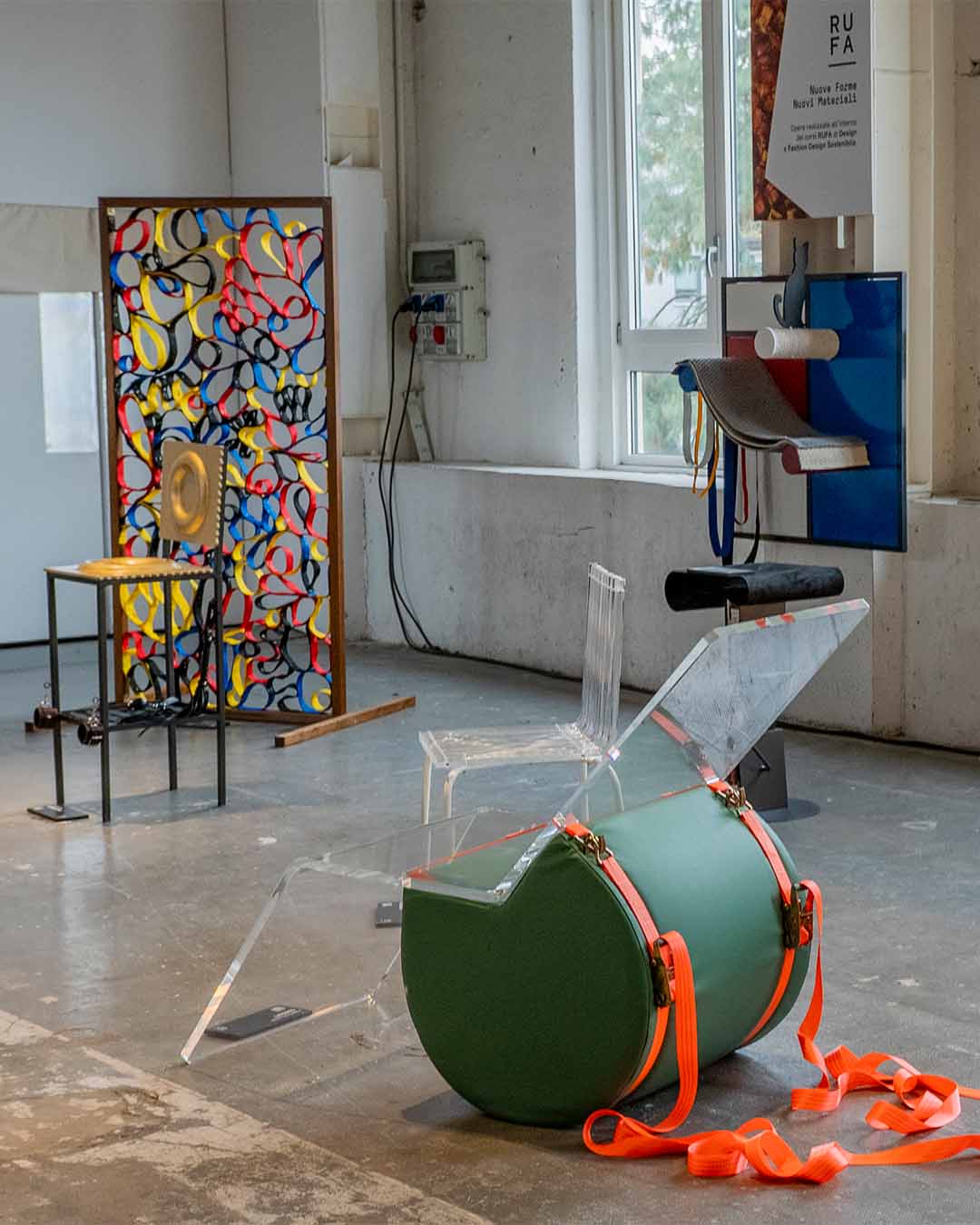
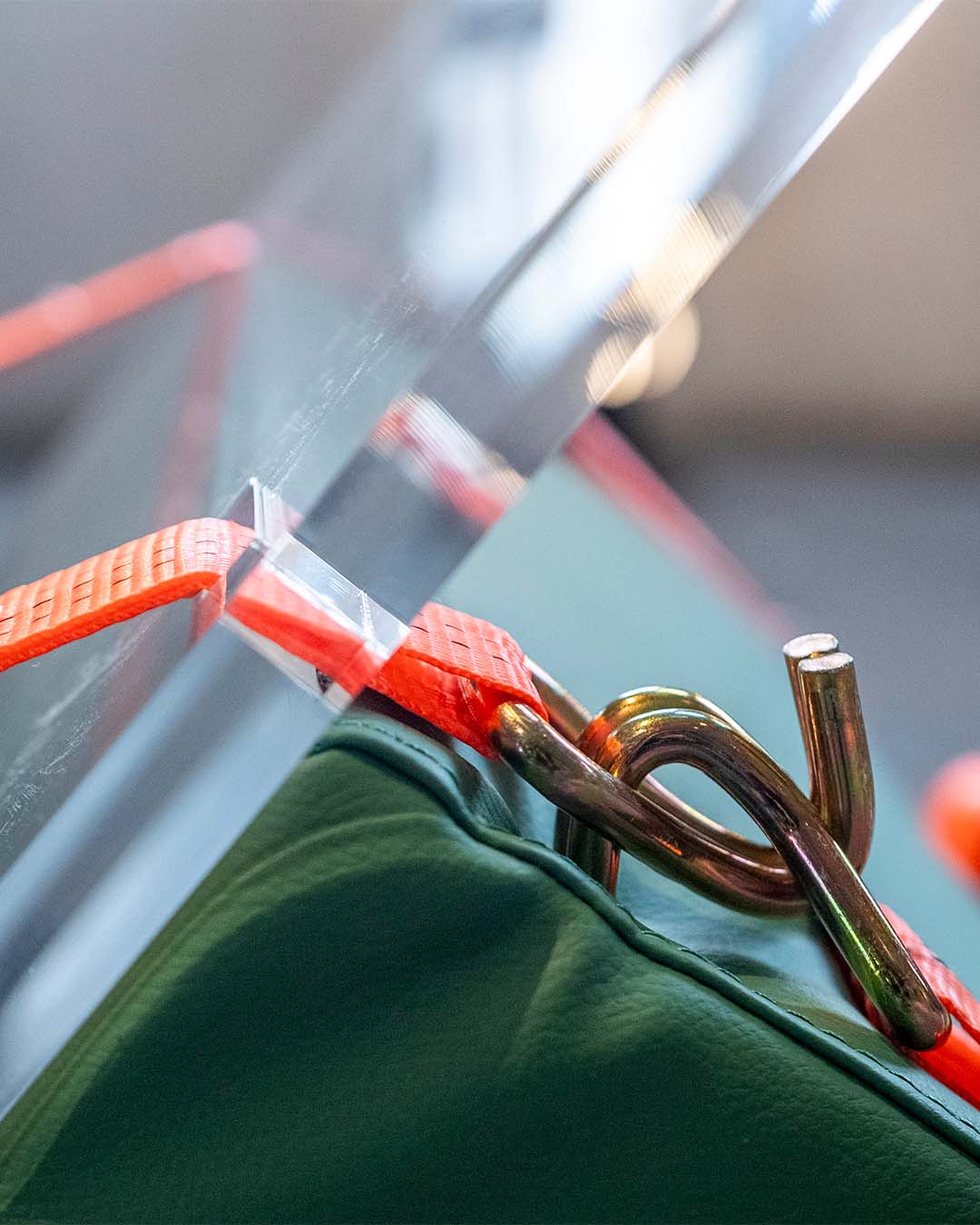
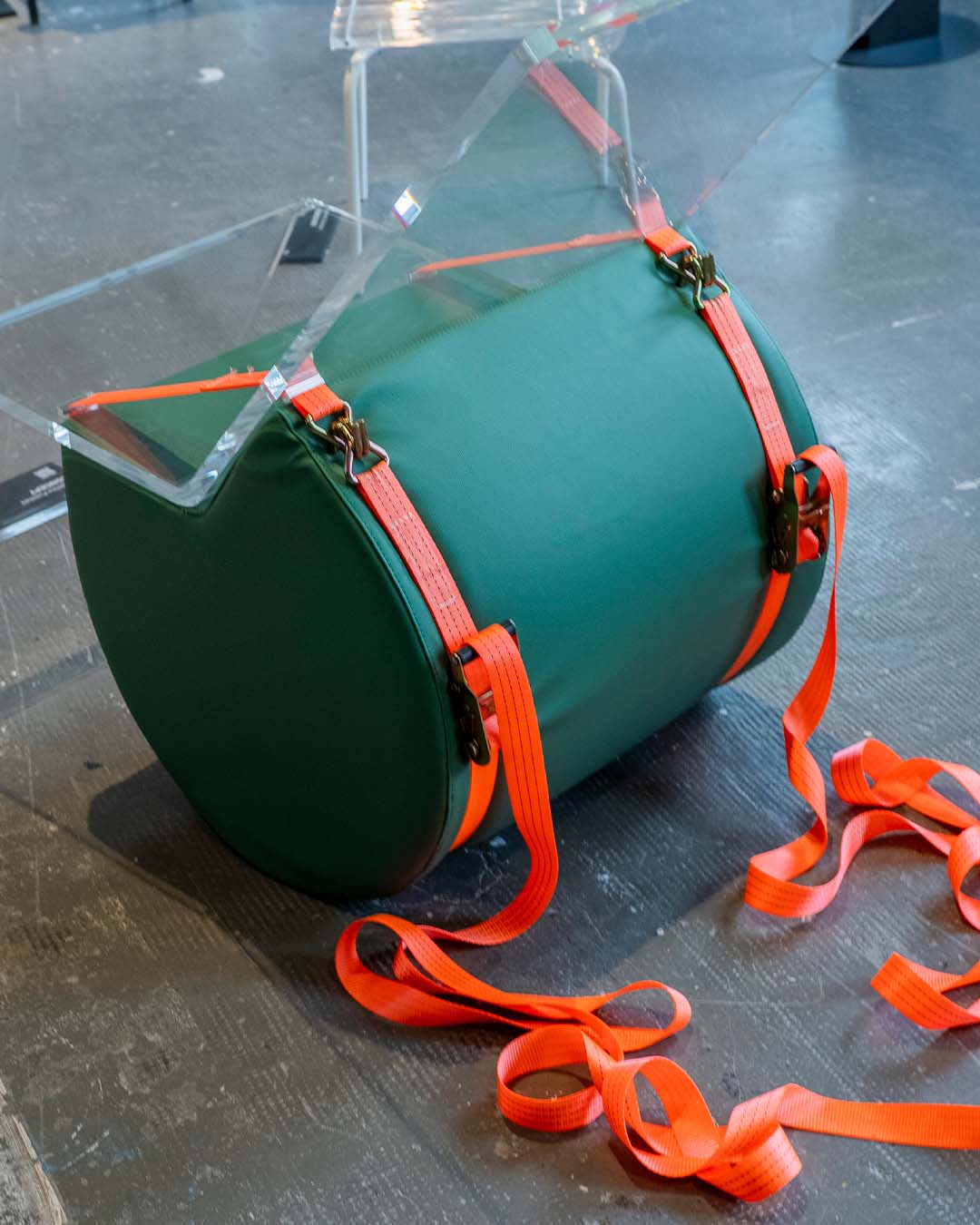
CONCEPT: chaise longue
Designer: Federico Fuschini
Learn more
This chaise longue is the result of a careful analysis of the market and users’ needs. The project is based on a modular and customizable design that allows buyers to select finishes and aesthetic details. Thanks to a composable system, the structure lends itself to collaborations with various brands, allowing customization of elements like the memory foam support and fabric straps that bind it together. Made with advanced manufacturing techniques, the chaise longue is designed to be a timeless piece, adaptable to different needs and environments.
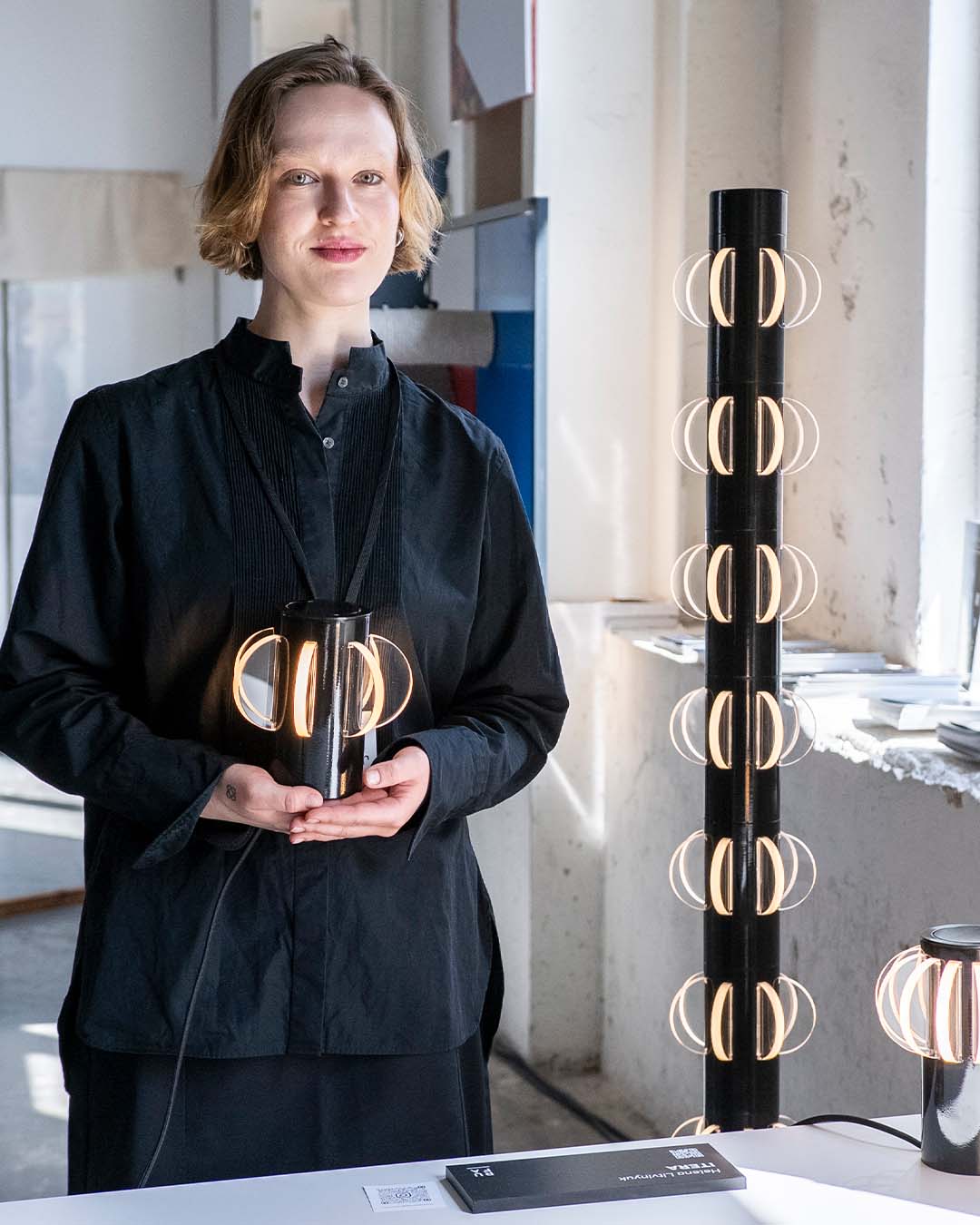
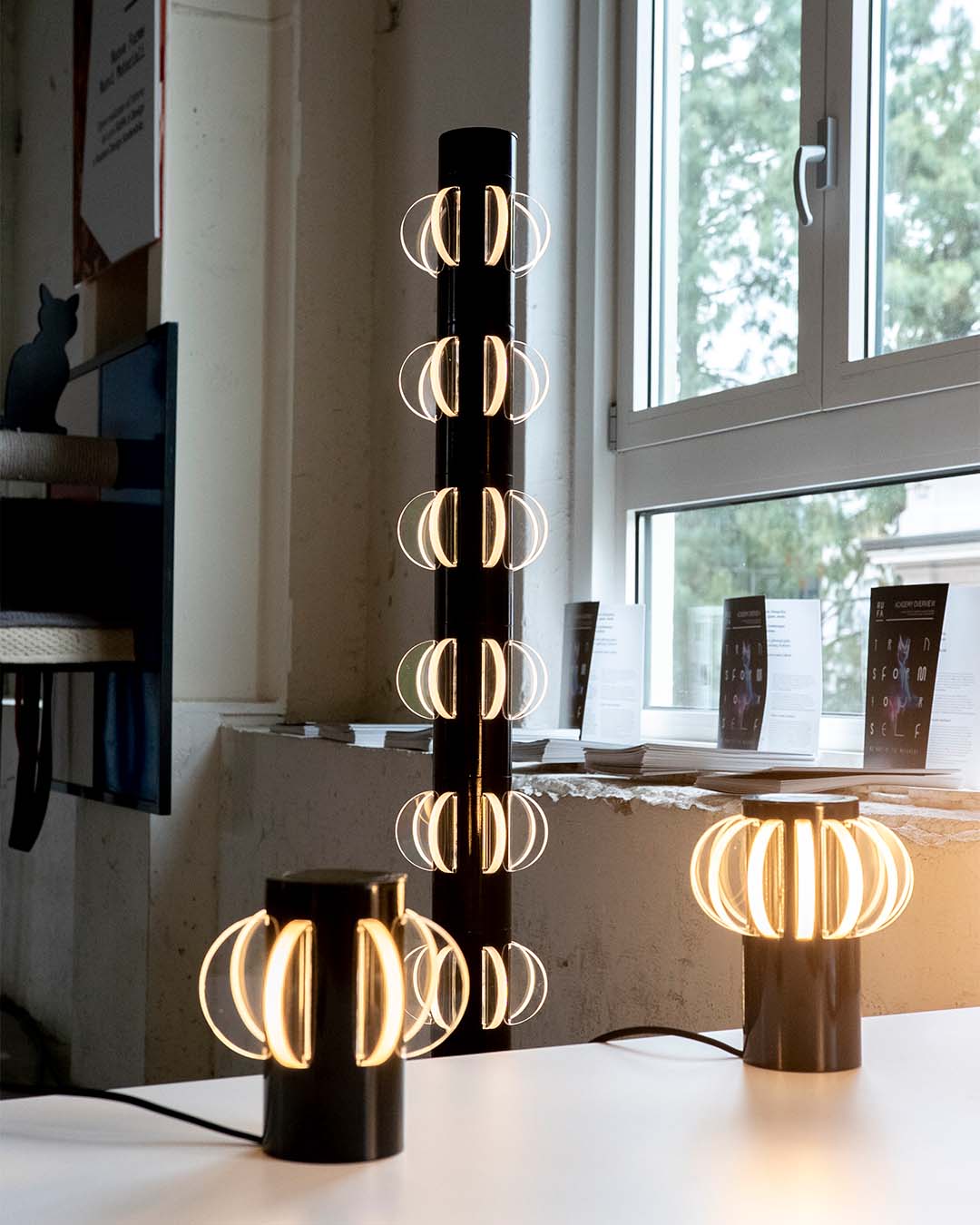
ITERA: table and floor lamps
Designer: Helena Litvinyuk
Learn more
ITERA combines an industrial approach with a playful spirit, creating a design that recalls the iconic atmosphere of 1970s Italian design, but projected toward a sustainable future. Made primarily from scrap materials, these lamps come in two versions – a longer one and a more compact one – and can be used as pendant lamps, wall lamps, or table lamps.
RILEGNO: wall lamp
Designer: Helena Litvinyuk
Learn more
A project born from a competition promoted by the RILEGNO consortium, it demonstrates how even a humble wooden crate can become a creative material to generate new forms and functions. Simple, ancestral, rustic, yet highly evocative. An object that, though not explained, leaves the user free to create many possible thoughts and stories to get lost in.
STENO: table lamp
Designer: Valentina Marino
Learn more
A ghost of a past era, where a filament generates light and comfort, bringing STENO to life in this monolithic form, serving as a memory and a sign of times that seem distant but were actually only yesterday. Evolution, inventions, progress generate expectations and dreams, but it is the past that gives us the measure of the present. The rough concrete base further emphasizes the idea of a temporal totem, an object more iconic than functional, discreet yet highly evocative.
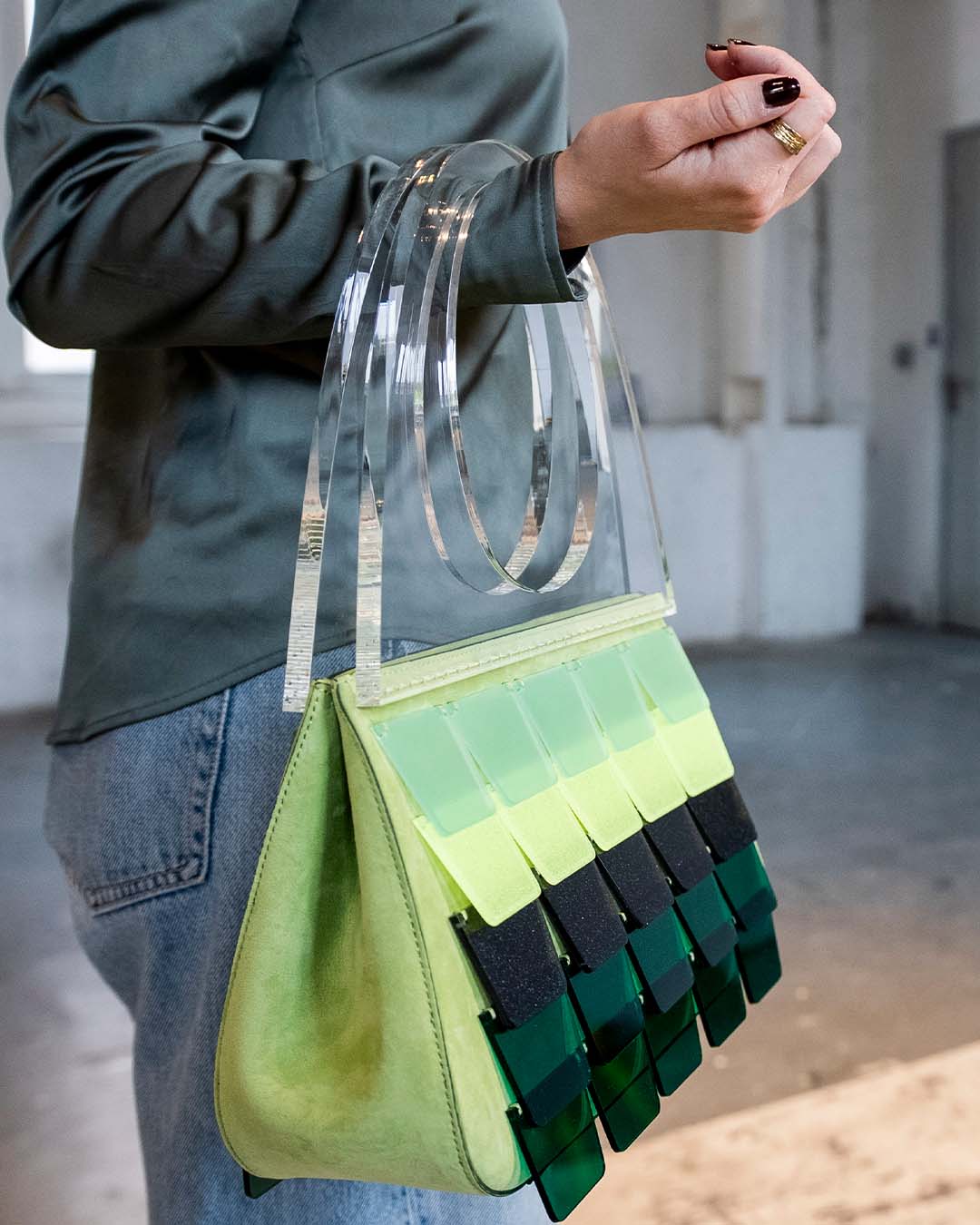
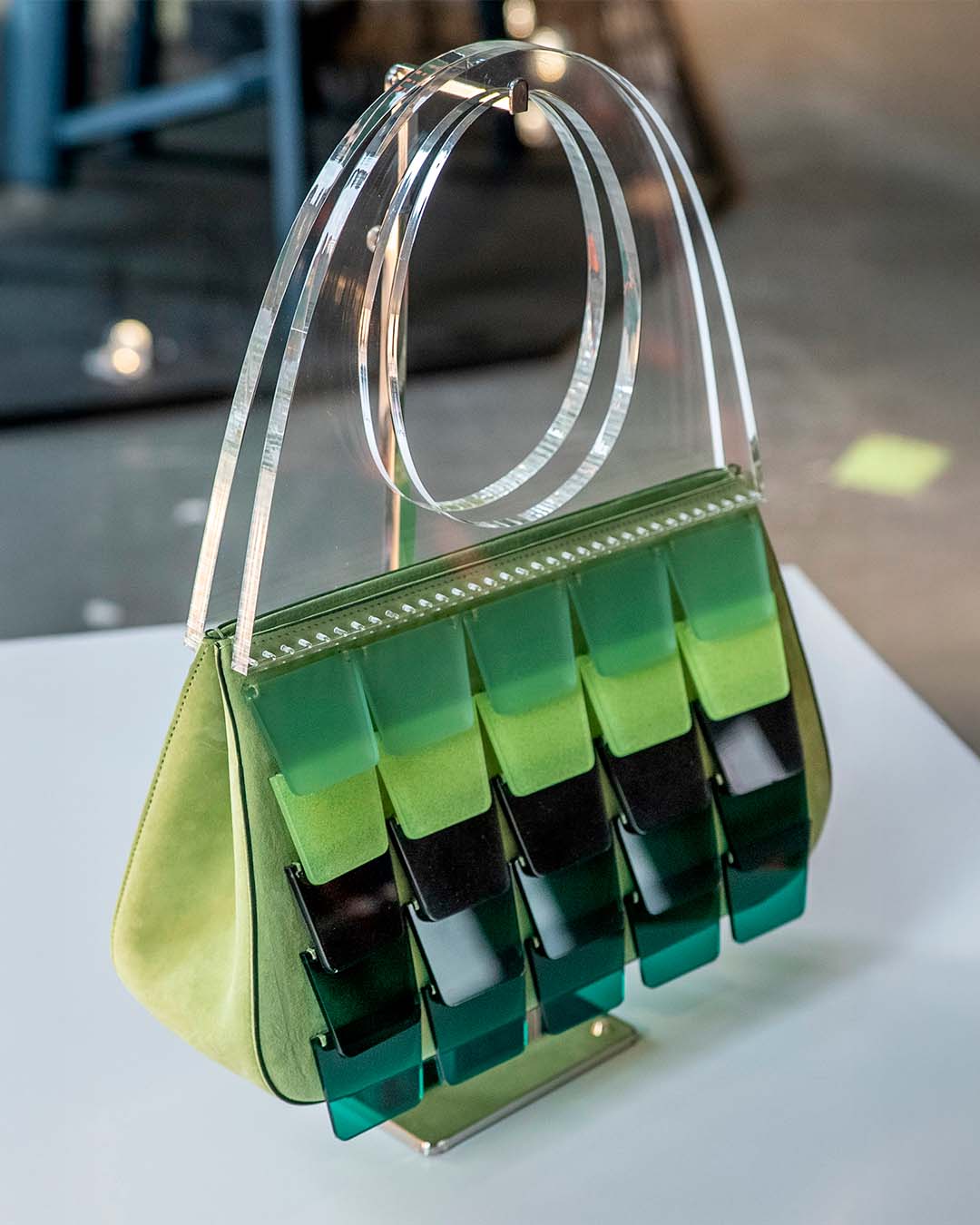
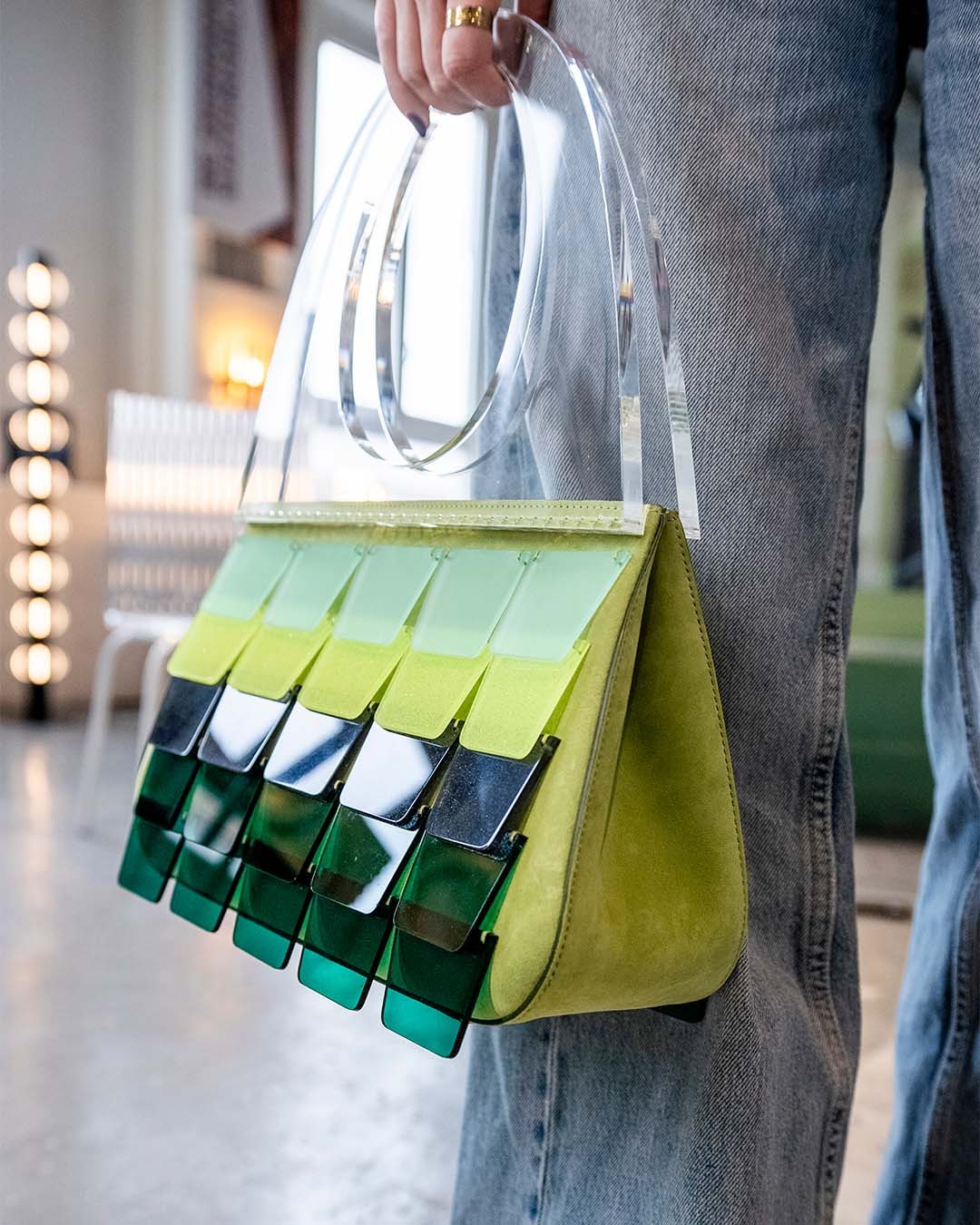
HALO: plexiglass bag
Designer: Leonardo Messina and Elizia Cinquedita
Learn more
The bag is inspired by the essence of contemporary cities: dynamic, irregular, and in constant transformation. Inspired by the deconstructed shapes of modern buildings, its irregular geometry recalls broken lines and unexpected angles, typical of the dynamism of metropolises. The main material, 100% recyclable plexiglass, interprets this architectural inspiration in a unique way. Its transparency evokes the surfaces of the glass windows of urban skylines and allows it to play with light, which, together with the movement of the plexiglass panels, creates reflections and shadows that change depending on the environment, recreating metropolitan dynamism. Thanks to the CALIGA artisan workshop, an excellence in leather processing, for their essential support to the project.
Useful information
Where: BASE Milano
When: 7-13 aprile 2025 | Milan Design Week 2025

